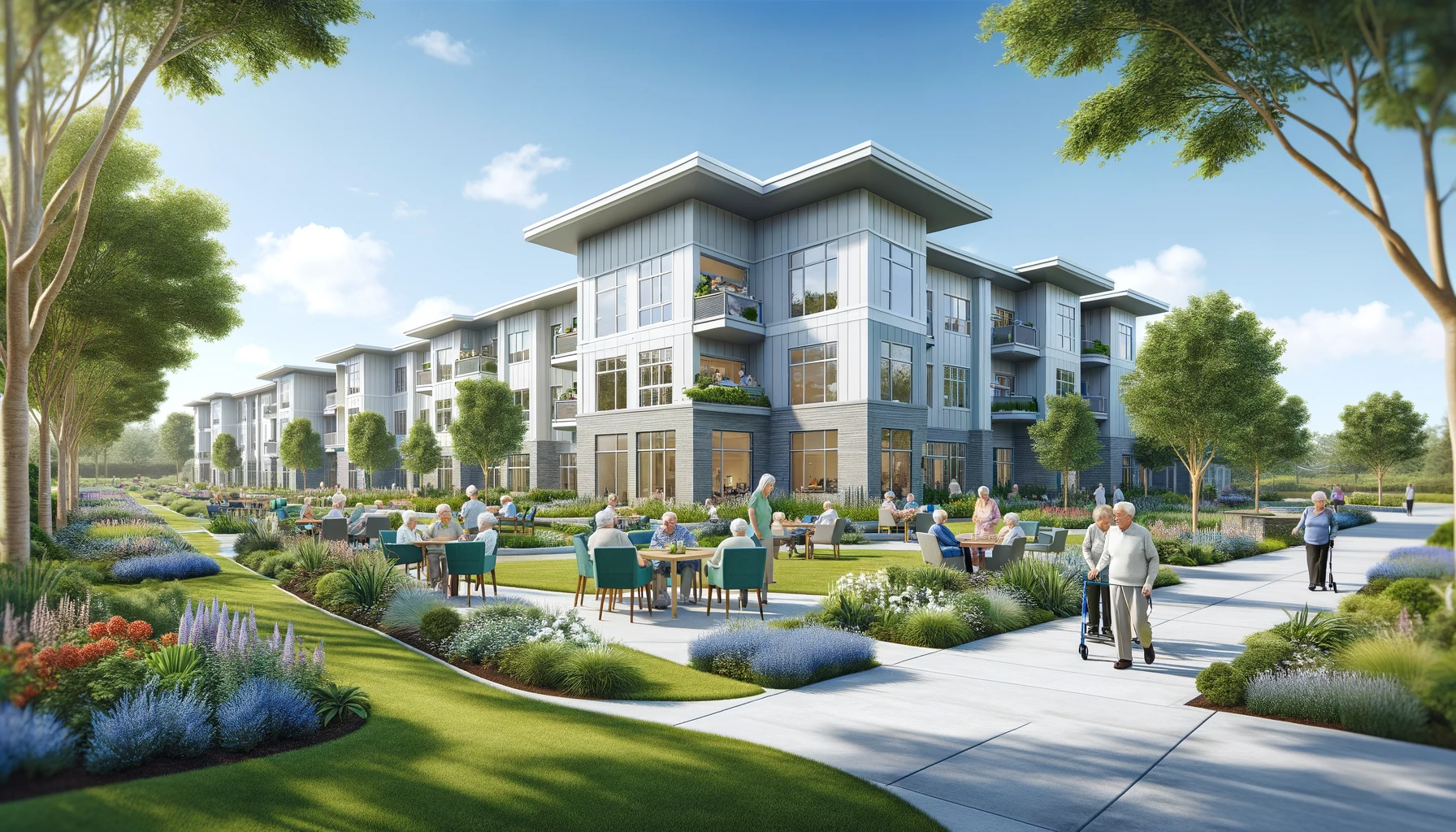Key Takeaways:
- Insights into the essential services and amenities provided by assisted living communities.
- Benefits of a tailored approach to senior care, particularly for those with memory impairments.
- Navigating the financial considerations and options when transitioning to assisted living.
- Technology and social activities are essential in enhancing seniors’ quality of life within these communities.
Exploring assisted living options, such as those found at Bradenton assisted living, is becoming increasingly significant for families and seniors striving to balance independence and the need for a supportive living environment. Assisted living communities offer a blend of autonomy and assistance, ensuring residents have the support they need while maintaining their own space and lifestyle.
The Transition to Assisted Living
Recognizing when it is time for assisted living is crucial for seniors’ well-being. The transition to such a community is not merely a change of address; it entails adapting to a new phase of life with its emotional and practical nuances. Thoughtful conversation and planning are crucial, and families often seek guidance in supporting their loved ones through this transition. Maintaining an open dialogue and involving seniors in the decision-making process can aid in ensuring a smoother transition.
The Impact of Assisted Living on Quality of Life
One of the most significant impacts of moving to an assisted living community is the improvement in quality of life that residents often experience. With burdensome chores and home maintenance a thing of the past, seniors have more time to engage in hobbies, social activities, and wellness programs. Additionally, knowing that assistance is available should it be needed gives residents and their families peace of mind. On-site healthcare services are available. It can improve physical health and mental acuity, as seniors can focus on enjoying life rather than managing daily stresses.
Assisted Living and Memory Care
For elders suffering from cognitive decline brought on by illnesses like Alzheimer’s disease or other types of dementia, certain assisted living facilities provide dedicated memory care units. These units provide a secure environment with structured activities to maintain cognitive functions and manage the unique challenges associated with memory impairments. Tailored care plans and therapies, along with specially trained staff, ensure that individuals with memory loss can live with dignity and as much independence as their condition allows.
The nuances that differentiate memory care from standard assisted living are essential for families to understand. click here now: kroger distribution center
Costs and Financial Planning for Assisted Living
Understandably, the cost is a significant factor when choosing an assisted living community. The expense will vary depending on the level of care required, location, and amenities offered. While the cost may seem daunting initially, various financing options, including long-term care insurance, veteran’s benefits, and, in some cases, Medicaid, can help offset expenses. Understanding these options and creating a sustainable financial plan that guarantees continued high-quality care for your loved one requires careful study and advice from a financial advisor.
Making the Right Choice: Selecting an Assisted Living Community
Selecting the right assisted living community is a significant decision, impacting not just a senior’s well-being but their happiness. When deciding, a facility’s location, services offered, staff competency, and the community’s general culture and atmosphere should all be considered. It’s recommended to tour various communities, observe interactions between staff and residents, and ask questions about each community’s approach to care and how they can accommodate the changing needs of residents.
The Role of Technology in Assisted Living
Innovation and technological advancements are changing the face of assisted living. Communities are increasingly incorporating technology to improve care and enhance the quality of life for residents. These technological integrations are becoming standard in sophisticated care plans; they range from wearables that track health metrics and identify falls to digital communication tools that let residents communicate with their families.
Nutrition and Dining in Assisted Living Communities
Assisted living communities understand the importance of nutrition and its role in their residents’ health and happiness. The carefully crafted menus offer a broad selection of delectable and nourishing meals that meet the dietary needs and tastes of the residents. Communal dining areas provide social settings that make meal times more enjoyable and enhance residents’ social well-being. Furthermore, dining programs are responsive to residents’ changing needs, accommodating special diets such as diabetic-friendly or heart-healthy options.
Fitness and Recreation: Keeping Seniors Active in Assisted Living
Regular fitness and recreational activities are critical for seniors’ physical and mental wellness. Assisted living facilities frequently provide diverse programs and activities to cater to their residents’ interests and skill levels. From chair yoga to water aerobics, activities are purposefully structured to accommodate the varied mobility levels of all residents, and the positive impacts of these programs can be seen in the increased vitality and improved mood among participants.
Assisted Living Regulations and Standards
Assisted living communities are regulated at state and federal levels to ensure residents receive the highest quality of care. These regulations cover staffing ratios, resident rights, medication management, and emergency preparedness. Compliance with these regulations is crucial for the facility’s operation, and accreditation from relevant bodies can be a hallmark of quality that prospective residents and their families can rely on when choosing.




